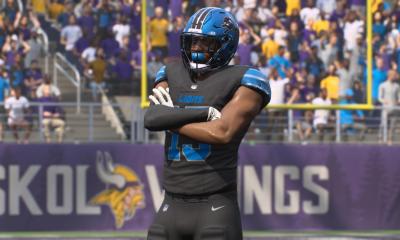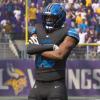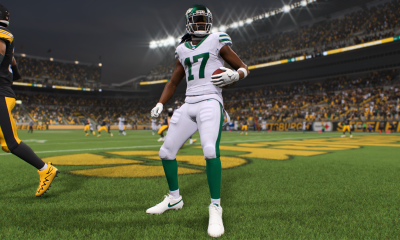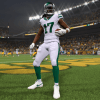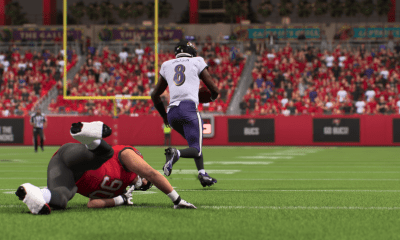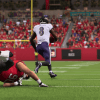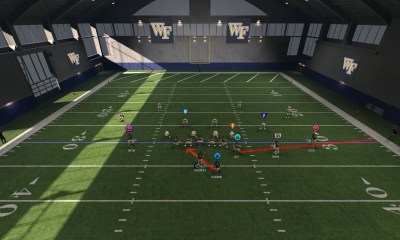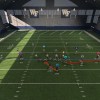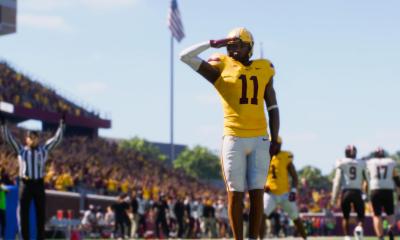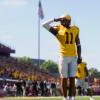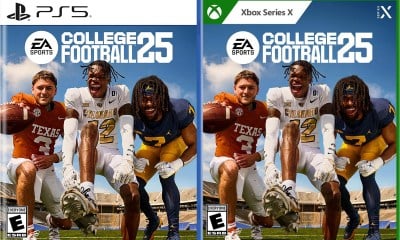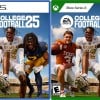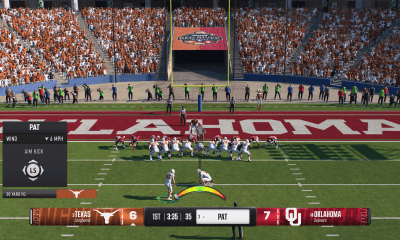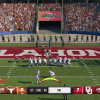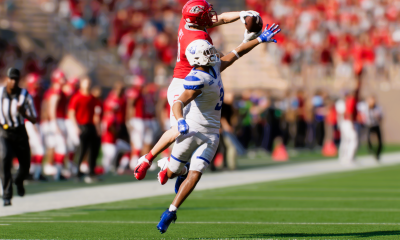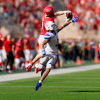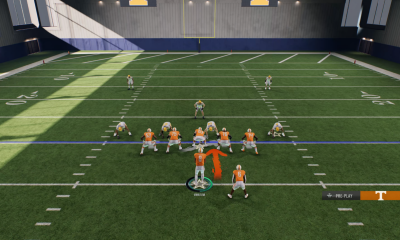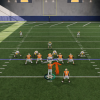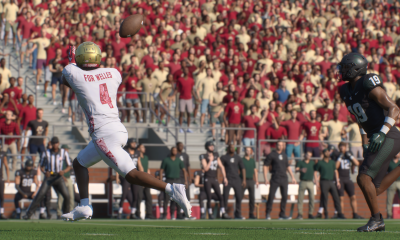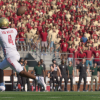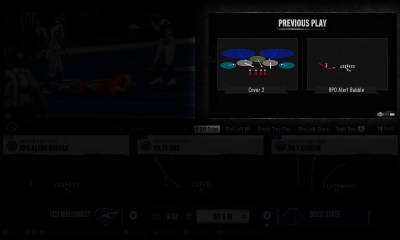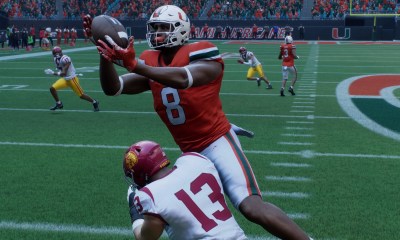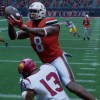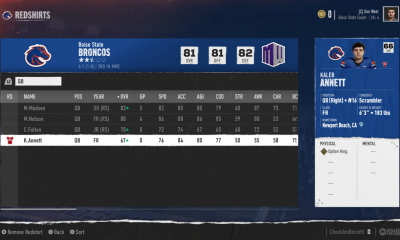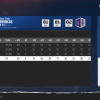EA Sports College Football 25
How to Identify Coverages Pre-Snap in Madden 25 and College Football 25
Whether you play Madden 25, College Football 25, or both, coverages are mostly going to look the same before the snap. While defenses can now disguise coverages/shells, it’s still important to identify what you’re looking at before you snap the ball.
The first step to understanding how to beat a coverage is understanding the tells of the defense. Of course, if the tells end up being a bait due to a coverage disguise, that’s another thing entirely, but for now we’re just going to focus on pre-snap. We’ll worry about post-snap reads another time because that is a much deeper and intense breakdown.
I’m only going to hit on the “major” coverages you should see out there and keep things very simple. You want to be able to quickly identify what you’re looking at before moving on to other pre-snap checks that could include hot routes, offensive line adjustments, and so on. We’re going to look at most things from a Nickel defense, but obviously most of this info applies to any defensive formation.
One other note before we jump in is that I’ll talk about looking at cornerbacks for most of these coverages. There are versions of most of these defenses that have a “stock” Press version as well. This includes things like Cover 3 Press or Cover 4 Press. That’s a minor wrinkle, but it’s something to realize because that will bring the cornerbacks up to the line of scrimmage rather than being in their “normal” spots for those coverages.
Cover 2 Man

- You’re looking for the two safeties who will be playing deep, about 13-14 yards away from the line of scrimmage.
- Then you’re looking at the cornerbacks for the major tell. They will be playing the inside shoulder of your receivers and be up on the line of scrimmage.
Cover 2

- The big difference between Cover 2 Man and Cover 2/Tampa 2 is that you have to look at the outside cornerbacks. They will now be roughly 5 yards away from the LOS and will be playing the outside shoulder of the receivers.
Cover 3

- You’re first looking for the single-high safety playing even deeper than usual as the other safety has now moved down towards the LOS.
- Then you’ll look to the outside cornerbacks who are now playing straight up against the receivers but about 8 yards off the LOS.
Cover 4

- Notice the safeties are both back but they’re slightly offset and only playing 9-11 yards away from the LOS — so slightly closer than a normal Cover 2 look even if we ignore the offset aspect.
- The cornerbacks will look the same as they do in a Cover 3 look, playing about 8 yards off the LOS.
Cover 6

- As we now get into the “blended” or combo coverages, Cover 6 is Cover 2 and Cover 4 blended together (think of it like 4 + 2 = 6).
- Since we know what each of those looks like now, then we can identify the left side is where we’re playing Cover 4 because the cornerback is playing straight up and 8 yards off the LOS.
- Notice the safety is about 11 yards off the LOS, just like the one you would see on the left side in a “normal” Cover 4 look.
- On the right side, we identify that the cornerback is playing 5 yards off the LOS and on the outside shoulder of the receiver, just like in “normal” Cover 2.
- The safety on the right side is also playing the “normal” 13-14 yards off the LOS.
Cover 6 Invert

- Notice how a safety has moved up into the box now, so it’s a single-high look from a Cover 6.
- But why isn’t it Cover 3? Well, the safety is offset here rather than setting up deep down the middle of the defense, so that’s the tell.
Cover 9

- The simplest way to look at Cover 9 is realize it’s Cover 6 but flipped. So all the rules that applied to Cover 6 still apply here (Cover 4 on one side, Cover 2 on the other) — it’s just inverted. Again, I don’t want to overwhelm people in this article by talking about strong and weak sides as that relates to counting receivers on each side of a formation, but you do need to know that “counting” concept exists to understand why Cover 6 and 9 are flipped.
- Cover 9 will now be playing Cover 2 to the “strong” side (more receivers on that side of the field), which in this case is the left side. Cover 4 is on the right side.
- In Cover 6, the “strong” side (the left side in this case) would be in Cover 4.
Cover 9 Show 2

- Another combo/blended coverage, but now you know what to expect.
- So the safeties are still in the same look you would see in something like a normal Cover 9 by being offset (and how you can tell it’s not a normal Cover 2 play).
- But the cornerbacks do “show” 2, so they’re playing off the outside shoulder and about 5 yards from the LOS like a normal Cover 2.
Cover 6 Willie

- Cover 6 Willie is a man look on one side, and then Quarters (Cover 4 basically) on the other.
- So on the left side, we see that the cornerback is 8 yards off the LOS and that safety is 11 yards off the LOS.
- On the right side, that cornerback is playing inside of the receiver and right up on the LOS, just like a normal man coverage look.
- The safety on the right side is chilling 13-14 yards off the LOS.
And that’s about it. Again, there are some pre-snap permutations that are not covered here, and things can look different in 2-4-5, 3-3-5, and so on to an extent, but you just need to look at the same cornerback and safety keys (mostly ignore the rest). This should cover most of the pre-snap looks you see if you account for press coverage variations mentioned at the start of this article.





